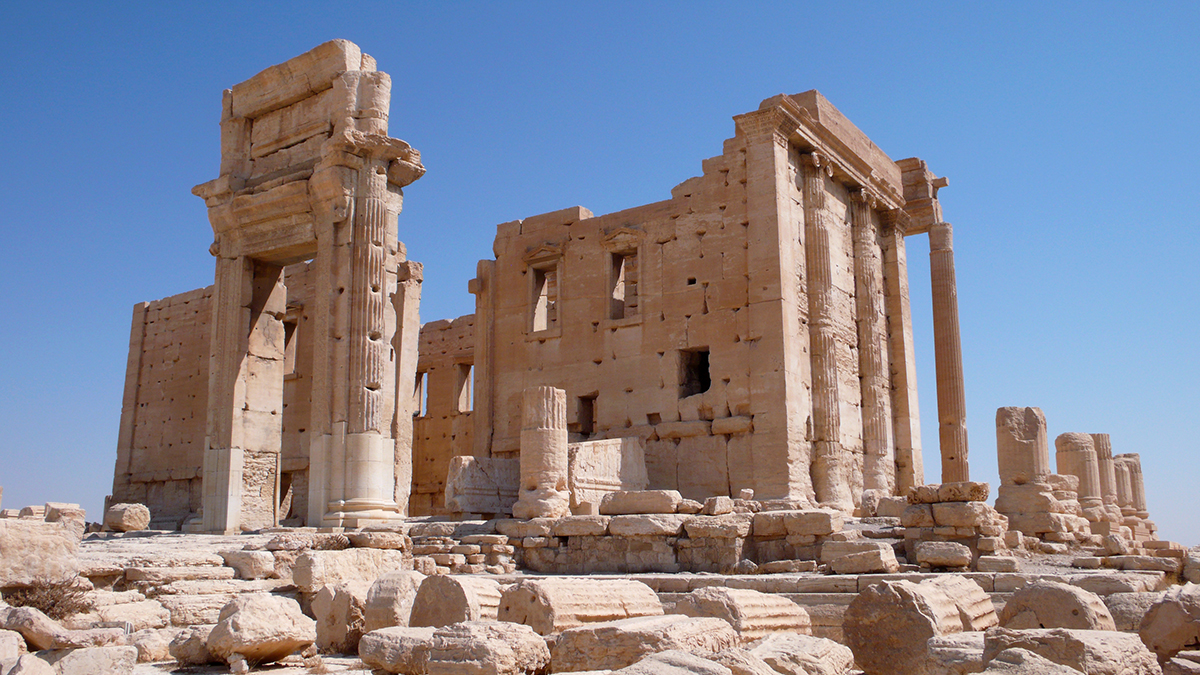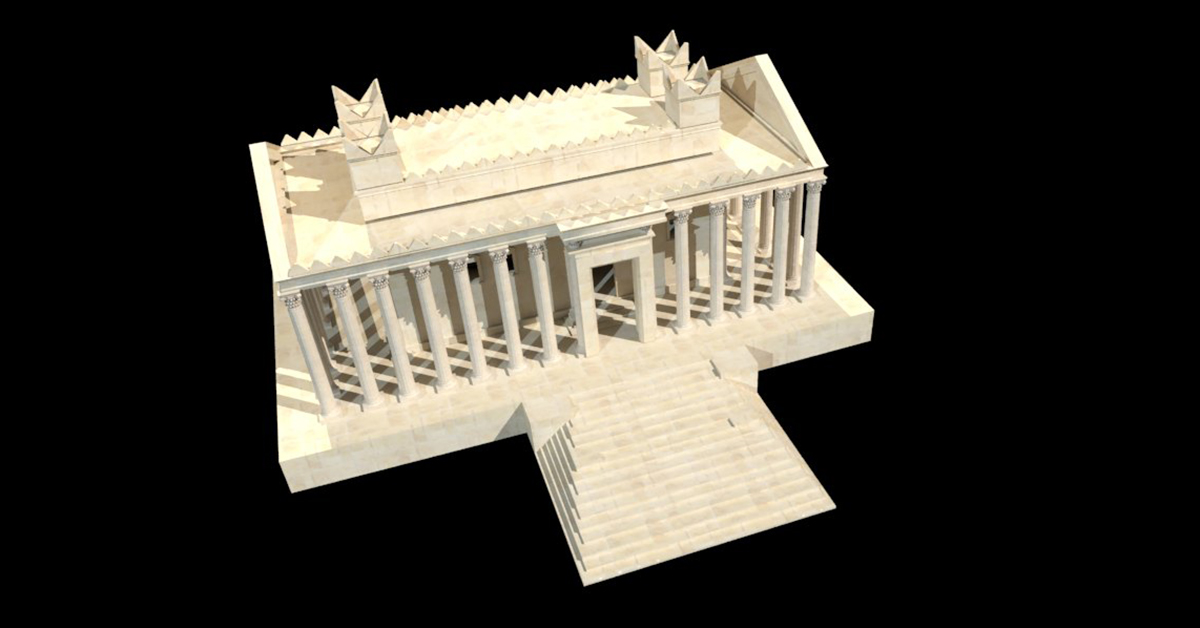MIT Media Lab Is Helping to Digitally Reconstruct Syrian City Ravaged by ISIS

Temple of Bel in Palmyra, which has been destroyed by ISIS. / Photo via Shutterstock
Since overtaking government forces in May, Islamic State militants have been deliberately destroying treasured archaeological sites in the central Syrian city of Palmyra, a UNESCO World Heritage Site.
They’ve blown up temples and triumphal arches, smashed statues, repurposed Palmyra’s ancient Roman amphitheater into an arena for public executions, and murdered Khalid al-Asaad, the city’s retired chief of antiquities, reportedly suspending his body from a traffic light after a public beheading.
As ISIS continues to physically ravage Palmyra, a group of activists, archivists, and archeologists are working on an effort to reconstruct and preserve its culture—at least digitally.
The group, which is working with a number of international partners, recently launched the New Palmyra Project, an online collection of reconstructed 3-D models of the city.
The project builds upon the efforts of Bassel Khartabil, an open-source software developer and advocate from Damascus. Before he was detained and imprisoned without explanation by the Syrian government in 2012, Khartabil had made several trips to Palmyra—years before the ISIS takeover—intending to use his photographs to build digital models of the city’s ancient sites.
Joi Ito, director of MIT Media Lab and a local collaborator on the New Palmyra Project, has known Khartabil for years. When Ito was the CEO of Creative Commons, Khartabil led the initiative on spreading the organization’s practices into Syria.
Currently, Khartabil’s whereabouts are unknown—in October, he was transferred from the Adra Prison on the outskirts of Damascus to an undisclosed location. A petition urging the Syrian government to release him has been circulating online, now boasting more than 36,000 supporters.
Ito, meanwhile, has also publicly offered Bassel a position at the MIT Media Lab’s Center for Civic Media, where he would be able to work alongside its renowned director Ethan Zuckerman on efforts that would make Syrian history accessible to the world, including the New Palmyra Project.
“Bassel is a unique creator in the Arab world,” said Ito in an email. “This is a real offer, so we hope he really will take it once he is found and released.”

A reconstruction of Temple of Bel. / Courtesy of the New Palmyra Project
Meanwhile, the New Palmyra Project presses on. So far, the group has released one model—a digital reconstruction of the Temple of Bel, which was destroyed by ISIS. The United Nations was able to confirm the demolition through satellite analysis, and UNESCO called it “an intolerable crime against civilization” and a “war crime,” according to Newsweek.
Over time, the group plans to release models and master plans of other structures, and in order to do so, it’s crowdsourcing additional data and visuals of Palmyra, hoping to collect it and release it into the public domain. It’s also encouraging contributors to use the models for online visualizations, walkthroughs, and 3-D-printed replicas.
By making the information accessible, the group hopes to promote cultural understanding.
“Cities around the world are in a constant state of development. Buildings rise and fall. But what about the people in those cities? How are they engaging with each other and what is made in the process?” said Ito. “While much is discussed about activism in places like Syria in major cities, the recent destruction of ancient temples in the community of Palmyra provides a path to both build and archive the past of Palmyra—the city, its people, and their culture—and then to encourage artists, developers, and creators to create new media in the form of New Palmyra.”


